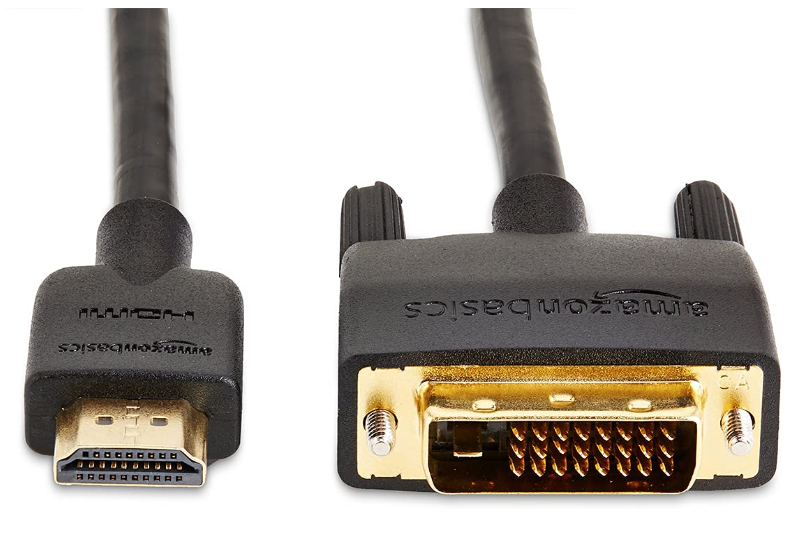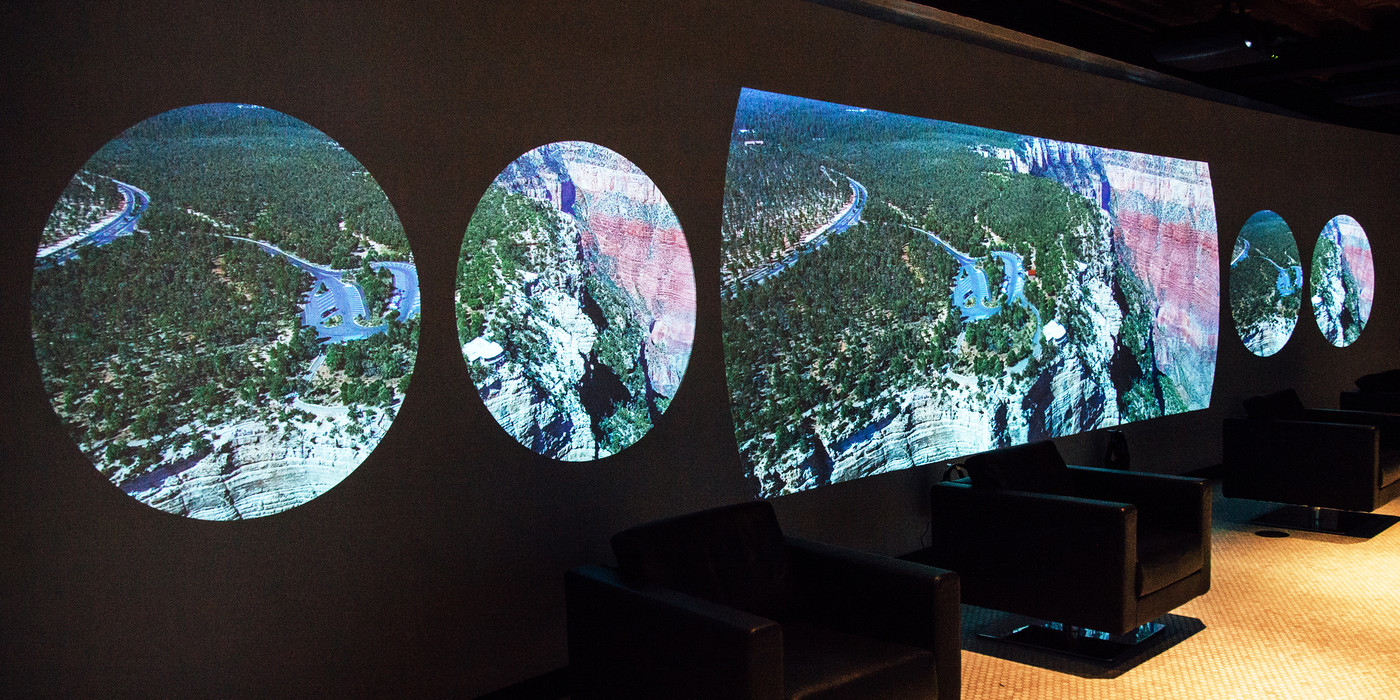
Now you'll have to scroll through the TV input until you find the HDMI input corresponding to where you have connected your HDMI splitter. Turn on your TV and all sources connected to your HDMI splitter. Remember, you will only be able to plug in one or two sources into your HDMI splitter. Next, connect the HDMI devices into open HDMI splitter ports (source devices). Plug the HDMI splitter into an HDMI port located at the side or on the back of your TV.

Always use a high-quality HDMI cable to ensure your display device is capable of receiving encodings for resolutions that exceed non-digital formats. For example, you should know the refresh rate, color depth, and resolution.



Before purchasing an HDMI splitter, you need to know if the splitter can provide the amount of data transmission necessary for each device that is connected to the splitter. You can also direct what output is transmitted to displays. HDMI splitters should not be confused with HDMI routing switchers, which assign multiple HDMI-compatible output sources into signals that you can change either manually or by remote control. Images appearing on multiple screens are identical and cannot be controlled independently when screens are connected to HDMI-compatible devices like HD antennas and/or receivers. About HDMI Splitters HDMI splitters are capable of splitting only the original signals shown on connected devices.


 0 kommentar(er)
0 kommentar(er)
